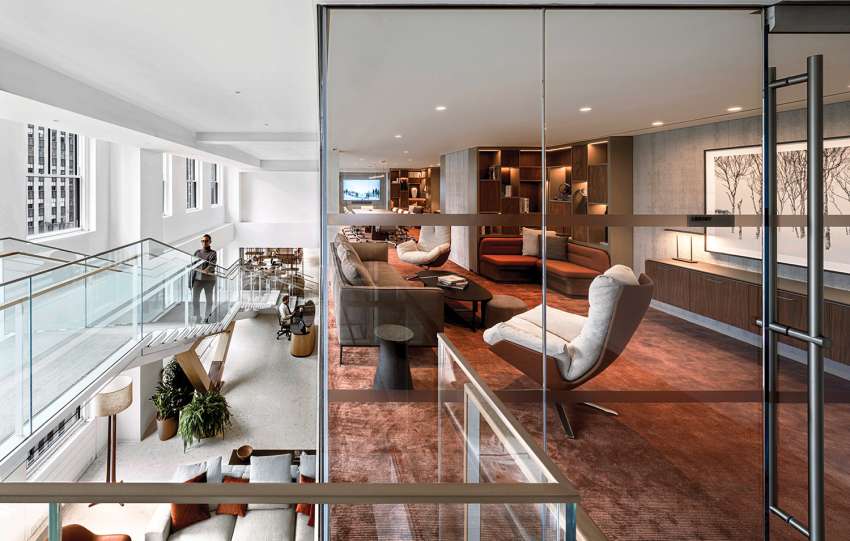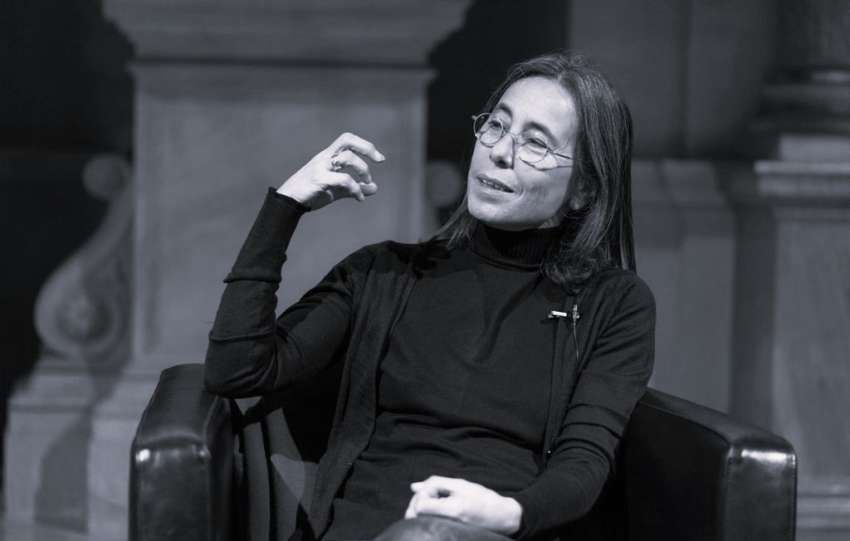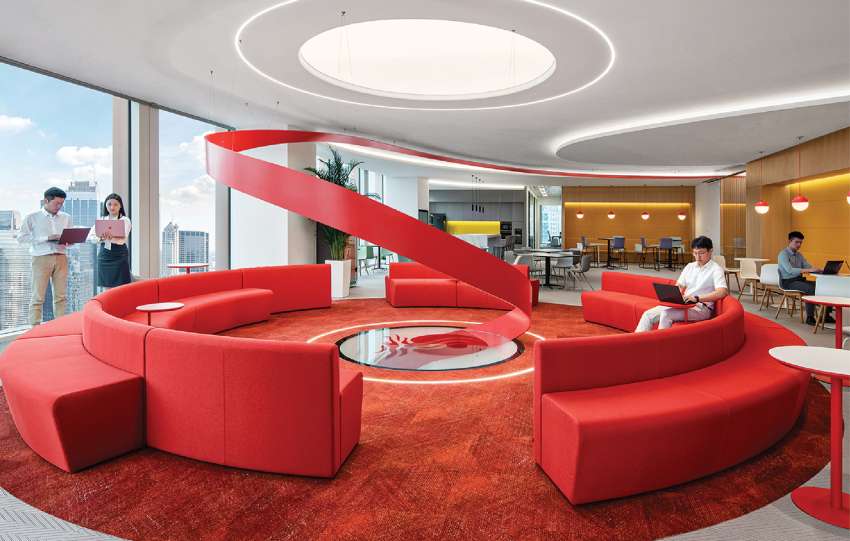Chitra Vishwanath is a renowned Indian architect whose name has become synonymous with sustainable and eco-friendly architecture. Based in Bengaluru, she has spent over three decades pioneering green building techniques that harmonize modern architecture with the natural environment. With a strong belief that architecture should respond to local climate, materials, and communities, Vishwanath has redefined what it means to build sustainably in India. Her projects reflect a deep understanding of ecological balance, water management, and vernacular wisdom—making her one of India’s most respected environmental architects.
Early Life and Education
Chitra Vishwanath was born in 1962 in Ethiopia, where her father worked as an engineer. Her early exposure to diverse environments and cultures instilled in her a keen awareness of natural systems and human settlements. She moved to India for her higher studies and eventually made the country her home and base for her professional journey.
She pursued architecture at the School of Architecture, CEPT University in Ahmedabad—an institution known for its forward-thinking and contextually grounded curriculum. At CEPT, she was influenced by the teachings of architects like B.V. Doshi and Anant Raje, who emphasized the role of climate, context, and community in design. These formative years laid the foundation for her future work in sustainable architecture.
Establishing Her Practice and Philosophy
After completing her studies, Chitra Vishwanath moved to Bengaluru, where she founded her architectural firm in the early 1990s. Later, the firm evolved into Biome Environmental Solutions, which she co-founded with her husband, S. Vishwanath, an expert in water management. This partnership created a powerful synergy between architecture and ecological systems, especially water.
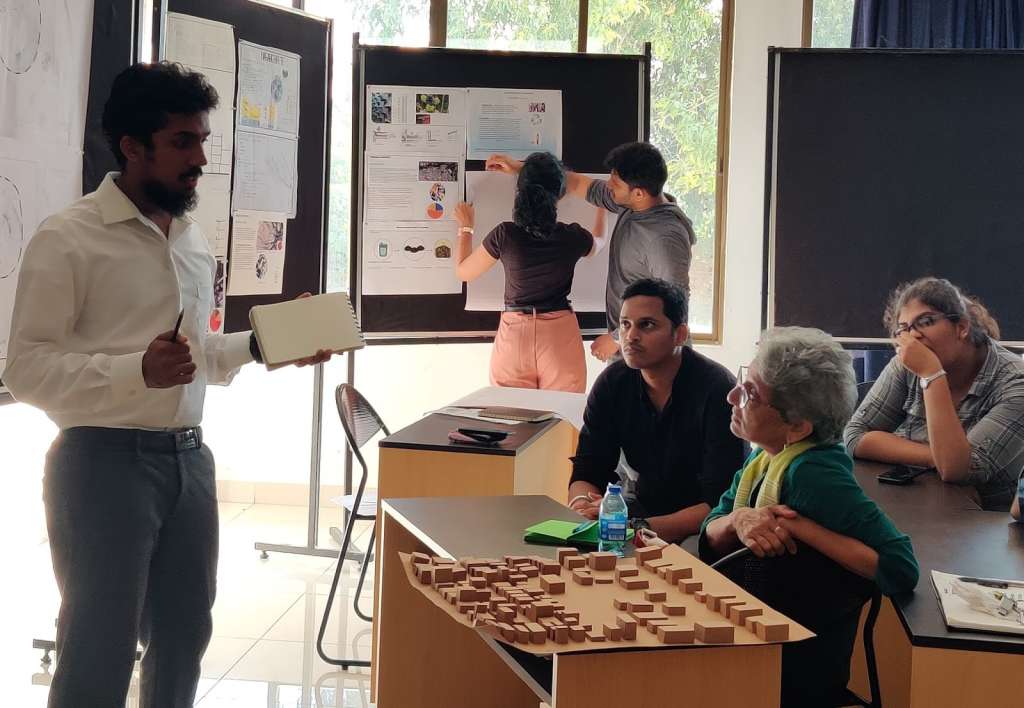
Chitra’s practice is deeply rooted in the idea that architecture should not harm the planet but instead regenerate and coexist with it. Her buildings are designed to work with nature, not against it. This means careful site planning, extensive use of local and natural materials (especially mud and stabilized earth blocks), integration of rainwater harvesting systems, natural cooling, and renewable energy. Her approach goes beyond surface-level green design to embrace holistic sustainability—from social equity to ecological resilience.
Over the years, her firm has designed over 500 projects ranging from homes and schools to offices and community spaces. Many of these structures use alternative building technologies, such as earthen construction, passive cooling, and wastewater recycling, setting benchmarks in sustainable design.
Signature Project in Detail: The Biome Office (Her Own House and Office in Bengaluru)
Among Chitra Vishwanath’s many notable works, the most iconic is her own residence and office in Bengaluru, commonly known as the Biome Office. Completed in the early 2000s, this building is a living laboratory of sustainable architecture and embodies all the principles she stands for.
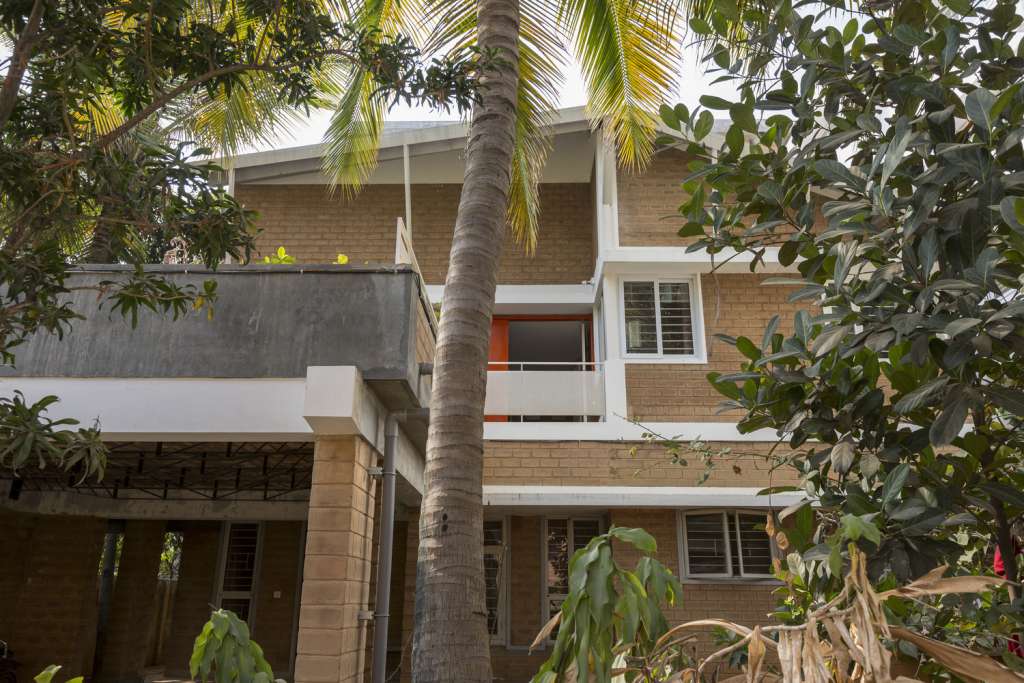
Design and Philosophy
Located in a quiet neighborhood in Bengaluru, the Biome Office is built almost entirely from mud blocks, which were made on-site from excavated soil. These blocks provide excellent thermal insulation, reducing the need for artificial cooling or heating. The building sits lightly on the land, blending effortlessly with its surroundings.
Natural light and ventilation are prioritized throughout the structure. Strategically placed courtyards, skylights, and operable windows allow fresh air and daylight to circulate, creating a comfortable indoor environment without dependence on mechanical systems. The roof is covered with soil and vegetation—a green roof—which helps regulate temperature and promotes biodiversity.

Water and Energy Systems
One of the most remarkable aspects of the Biome Office is its water management system. The entire building operates off the municipal water grid. Rainwater is harvested and stored in underground tanks, and greywater is treated and reused for gardening and flushing. The site is also equipped with composting toilets and bio-digesters, demonstrating how urban buildings can function as closed-loop water systems.
Solar panels supply part of the building’s electricity needs, reducing its carbon footprint further. This commitment to energy efficiency ensures that the building has minimal reliance on fossil fuels and grid electricity.
Social and Educational Impact
What makes the Biome Office more than just a building is its role as an educational tool. The site often hosts workshops, architecture students, and environmental enthusiasts who come to learn about sustainable construction and water systems. Chitra believes that architecture must engage with people, and her office has become a community hub for ecological awareness and innovation.
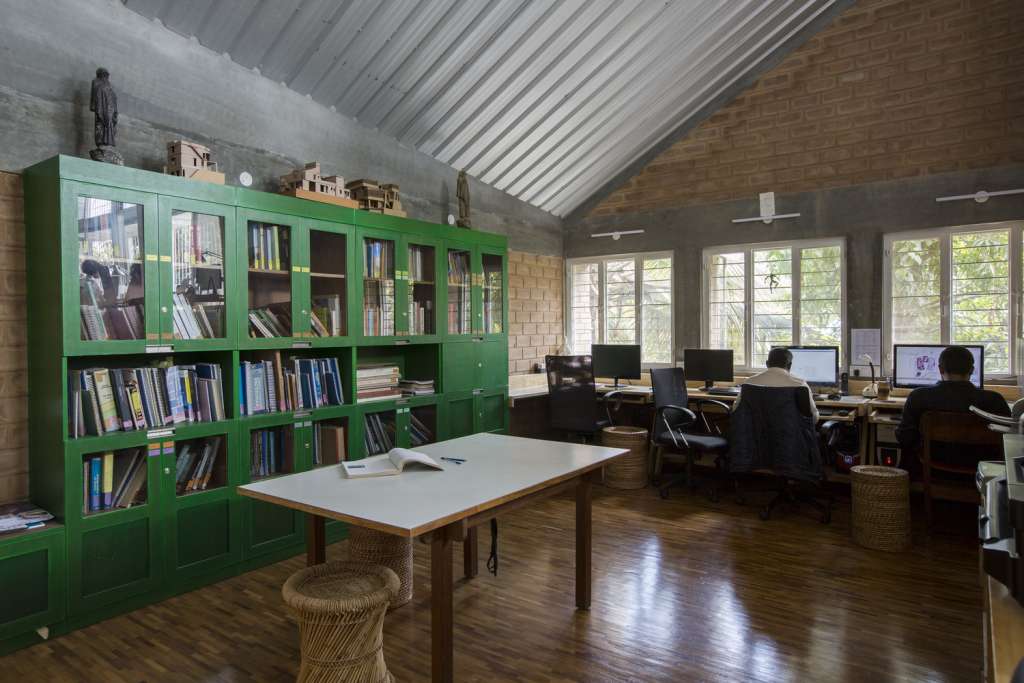

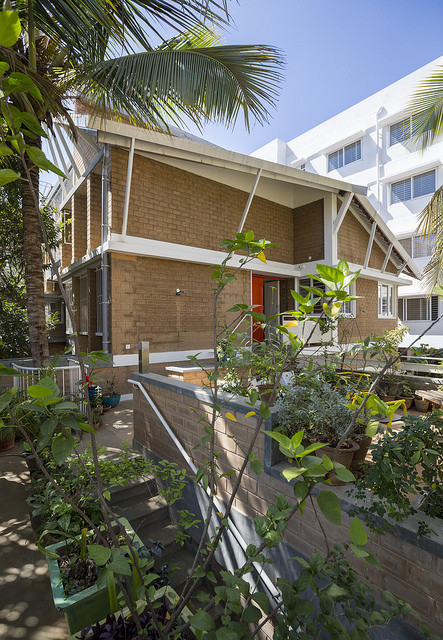
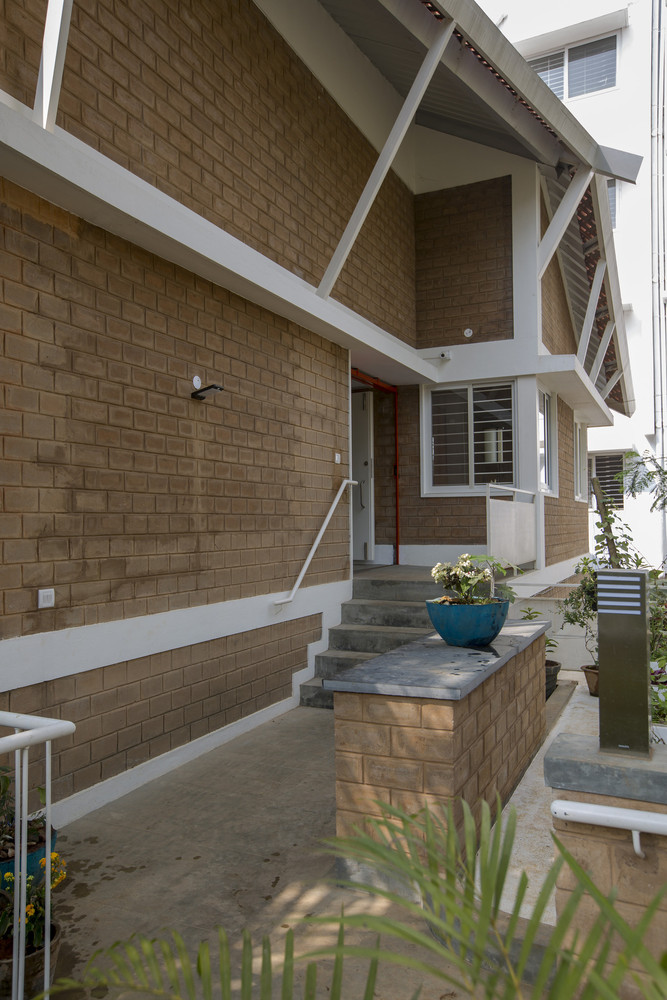

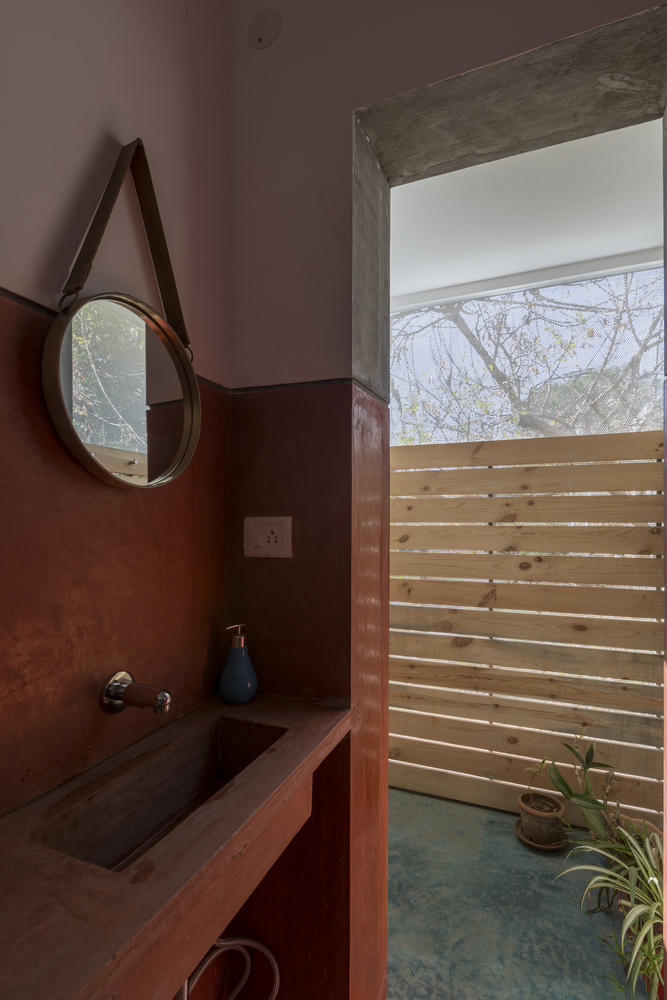
Career Highlights and Contributions
Chitra Vishwanath has worked on a wide range of projects across India and Africa, many of which have received national and international acclaim. Her work is particularly noted for:
- Affordable and rural housing projects, which empower communities through low-cost, eco-friendly construction techniques.
- School and institutional buildings that emphasize learning in harmony with nature.
- Urban interventions, like green office campuses and community water systems in Bengaluru.
Her firm, Biome Environmental Solutions, also consults on hydrology and wastewater treatment, integrating architectural and ecological design in ways rarely seen in mainstream practices.
Chitra has been a keynote speaker at numerous architecture and sustainability conferences and is often invited to talk about the urgent need for regenerative building practices in the context of climate change. She has also published essays and given TEDx talks that reflect her commitment to climate action through design.
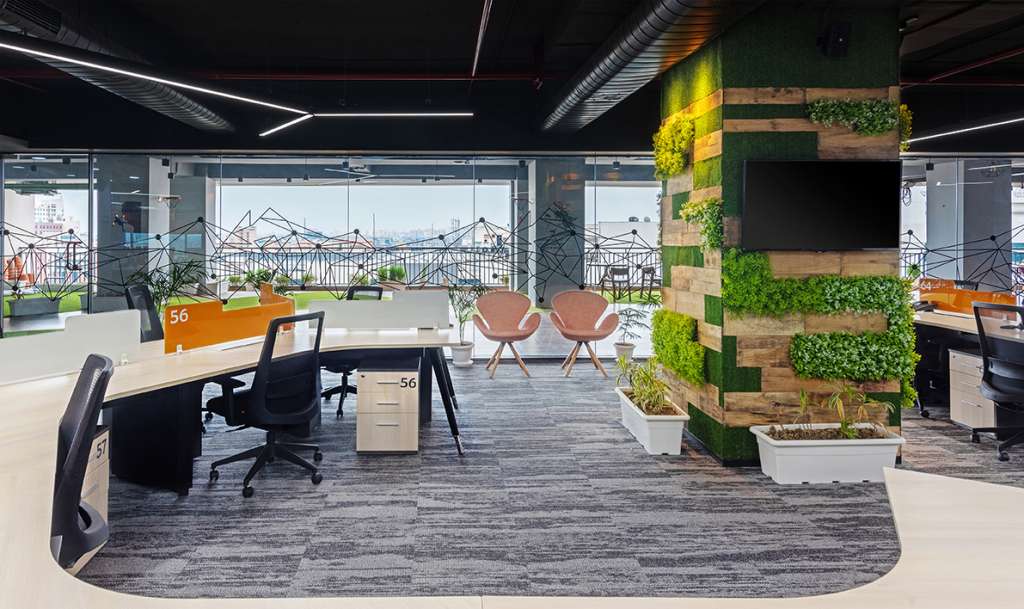
Legacy and Influence
Chitra Vishwanath’s legacy is rooted not in iconic skyscrapers or glossy megaprojects but in the quiet, powerful transformation of how we think about architecture. She is a strong advocate for using mud—a humble, yet profoundly sustainable material—and has brought it back into contemporary architectural discourse.
In a world where “greenwashing” often obscures real environmental action, her work stands out for its authenticity and depth. She has inspired a generation of architects and students to think critically about the ecological impact of their designs. Her work, grounded in ethics, science, and beauty, offers a roadmap for the future of sustainable architecture in India and beyond.
Conclusion
Chitra Vishwanath’s architectural journey is a compelling story of purpose, persistence, and planetary responsibility. Her buildings breathe with nature, serve their communities, and challenge the conventions of modern architecture. In every brick of mud, every drop of harvested water, and every whisper of natural ventilation, her designs ask a simple but profound question: Can we build without destroying? Through her life and work, she offers a resounding “yes.”


